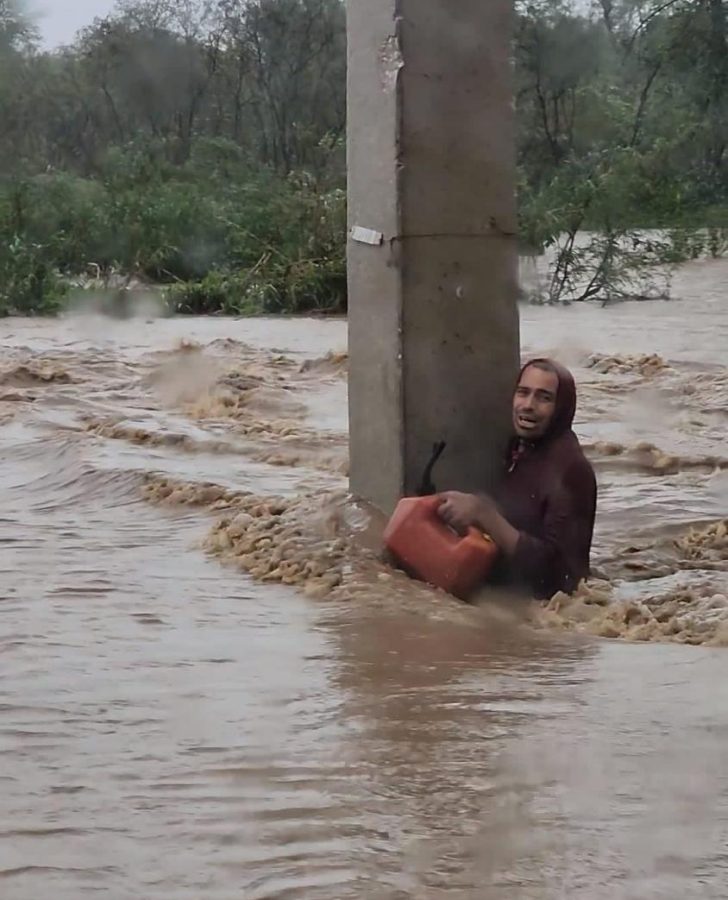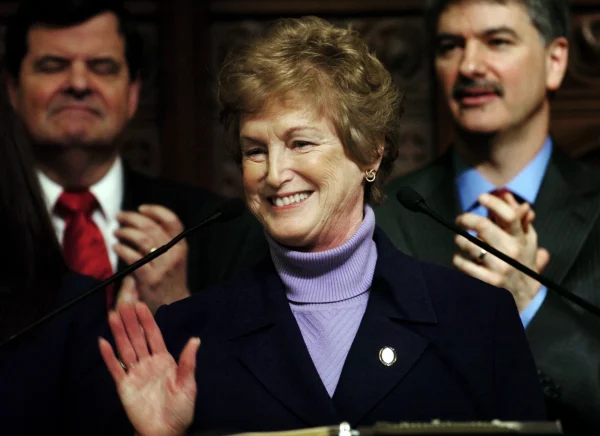Hurricane Fiona hits Puerto Rico, causing extensive damage
Photo courtesy of Openers/The National Guard.
A Puerto Rican man battles flood waters during Hurricane Fiona.
Perspective
On Sept. 18, Hurricane Fiona hit the southwest region of Puerto Rico, with wind speeds as fast as 100 miles per hour. The category 1 hurricane caused infrastructural damage almost beyond comprehension. The entire island was left without power, thousands of crops were destroyed, bridges were swept away and dozens of citizens had to be rescued from the floods by the Puerto Rico National Guard.
This may seem like a tragedy, but this level of damage is not unique to Hurricane Fiona. Almost exactly five years ago on Sept. 20, 2017, Hurricane Maria left the island’s infrastructure and economy in shambles. Unlike this year’s storm, Maria was a category 4 hurricane with winds as fast as 174 miles per hour. Despite the disparity in the power behind these hurricanes, the effect on the island was virtually the same.
Although Fiona was much weaker, it still resulted in all 78 municipalities being declared disaster zones by the Federal Emergency Management Agency (FEMA). This can be directly attributed to the local government’s failure to rebuild Puerto Rico’s infrastructure after the 2017 storm. According to the Center for a New Economy, a think-tank based on the island, only 30% of the reconstruction of the power grid damaged by Maria had begun before Fiona hit.
This inaction has made living on the island an extremely fragile experience. Citizens on the island experience power outages frequently, putting people who depend on electricity to store medicine and power medical equipment particularly at risk. FEMA has promised residents of Puerto Rico that the recovery effort for Fiona will be much more efficient than in the past, but the people of the island have lost all confidence in both the local and federal government’s ability to help them rebuild what they have lost.
This lack of confidence was cemented shortly after Hurricane Maria. After the storm, the outrage toward the government’s inaction was so strong it resulted in two weeks of protests and the resignation of the governor at the time. In an effort to help the island in ways past administrations have not, Puerto Rico Governor Pedro Pierluisi issued an executive order that declared a state of emergency on the island on Sept. 17. On Sept. 21, President Joseph Biden issued a disaster declaration that would allow for more financial support to the island.
Other government agencies are playing an active role in the island’s recovery as well. The Department of Homeland Security chose to suspend the Jones Act, a law that allows only U.S ships to transport cargo between American Ports, in order to supply the island with the diesel it desperately needs to fuel generators. New York Governor Kathy Hochul sent a delegation of State Troopers to aid in the removal of debris and in long-term support for the island. The U.S Department of Agriculture also mobilized food distribution on the island, partnering with the Puerto Rico Department of Education to establish shelters in which local families can receive free meals.
As with any natural disaster, the response and support for the island have been overwhelming. Many of these responses, however, are designed to last a few weeks at most. The patchwork done in the last five years has proven to be insufficient in the face of power outages and subsequent natural disasters. In order to improve the quality of life for the people of Puerto Rico, both the federal and local governments need to form a more unified effort to rebuild the island’s infrastructure. This is the only way to prevent widespread power outages and increased damages due to natural disasters in the future.




